The ongoing global shift toward decarbonization requires further efforts to promote technological innovation and optimized industrial management, while international collaboration is increasingly seen as essential in this regard, said experts.
Liu Zhenmin, China's special envoy for climate change, said: "Amid global transition to green energy, large-scale integration of power generated from intermittent new energy sources to the grid, clean and efficient utilization of fossil fuels, as well as development of low-carbon industries such as carbon capture, utilization and storage — and a new power system — all rely on technological innovation. Technological innovation is crucial for global decarbonization and enhancing countries' abilities to adapt to climate change."
Liu added that fostering innovative talent and promoting global cooperation for win-win outcomes are essential for technological innovation.
He Kebin, an academician of the Chinese Academy of Engineering and a professor at Tsinghua University's School of Environmental Sciences, said: "Carbon neutrality is a process that will take several decades. The most challenging phase at present involves reducing carbon emissions through restructuring our energy systems. To address this issue, we need to focus on diversifying energy sources as well as developing an optimized power supply system that can better coordinate between generators, the grid network, power loads and energy storage facilities. Building an organic system requires long-term efforts."
Experts noted that for businesses, reducing emissions requires breaking away from traditional development modes, inevitably leading to increased costs. However, over the long run, achievements in emission reductions, facilitated by new technologies and new production methods, will bring about new benefits that align with the long-term interests of businesses.
Taking State Grid Corp of China as an example, the large-scale integration of power generated from intermittent new energy sources into the grid poses new challenges for grid stability, making grid upgrades and renovations a priority.
Recently, State Grid Changxing Power Supply Co announced that a 500-kilovolt power transmission and transformation project will be put into operation in Changxing county, Zhejiang province in the first quarter next year, with a total investment of 1.4 billion yuan ($203 million).
The move is to address grid stability issues and better integrate power generated from new energy sources like wind and solar power.
Once operational, the project will increase the power transformation capacity in Changxing county, Zhejiang province, by 35 percent and provide an annual power supply capacity of 7 billion kilowatt-hours. The main bodies of the two sets of six transformers for this project have been installed, and construction of the corresponding supporting transmission lines has been fully initiated.
Despite major investment, upon completion of this project, significant reductions in energy loss during power transmission can be expected. State Grid Changxing said the move will also optimize energy consumption structure in Changxing county as it allows more wind and solar power onto the grid, providing enhanced energy security for local economic development.
Guo Chengzhan, head of the China Association of Environmental Protection Industry, said that achieving a balance between the economic and environmental benefits of enterprises is a long-term endeavor. From source control to process management — aside from technological breakthroughs — an upgrade in management is also necessary to achieve coordinated and sustainable development.










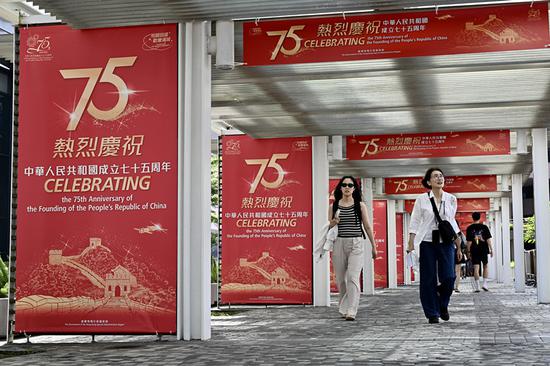




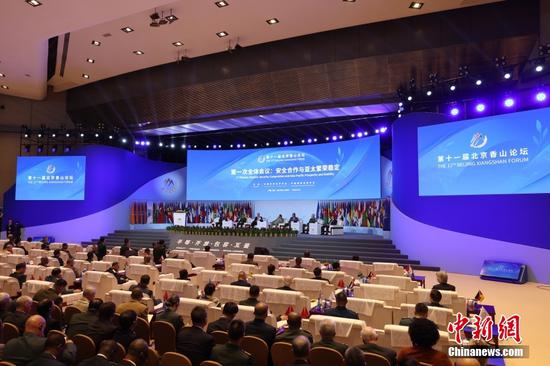






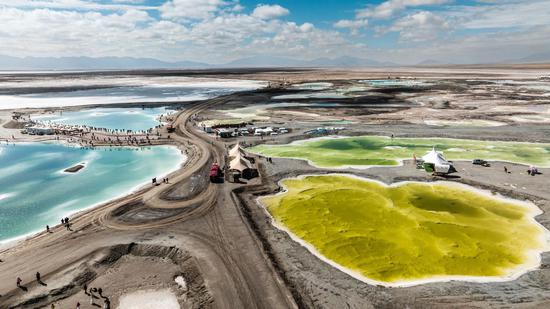
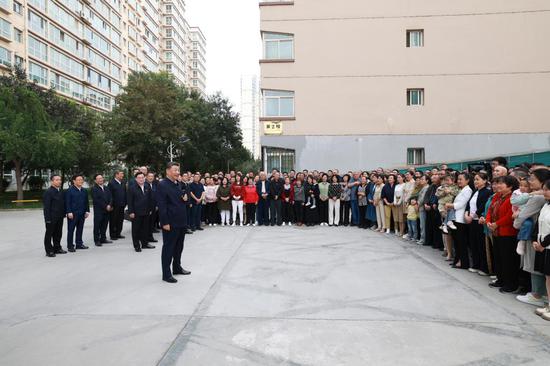










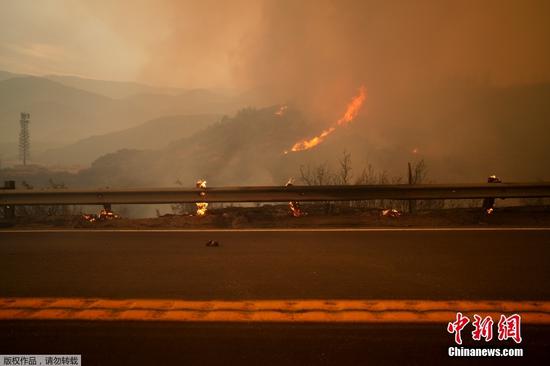





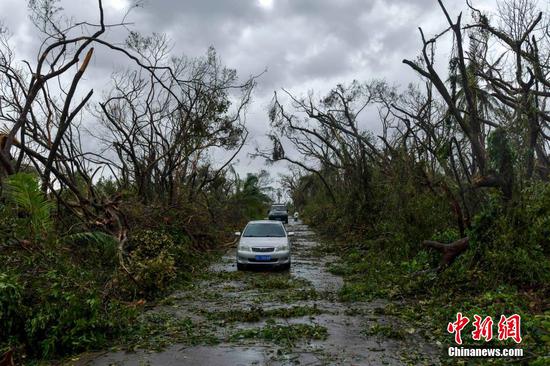

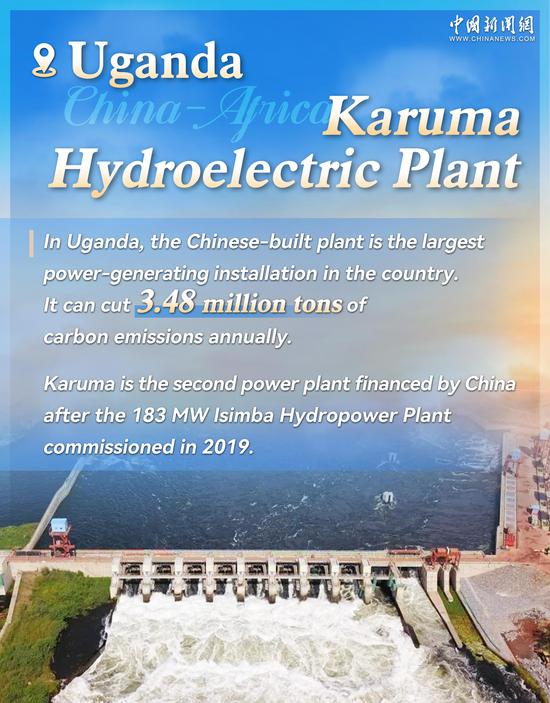







 京公网安备 11010202009201号
京公网安备 11010202009201号